Who says pen and paper are out of style? Not in the world of hand lettering! This craft is all about making your words pop with your own unique twist. Forget typing—when you hand a letter, you’re creating something that’s truly one of a kind. Curious about how to get started? All you need is a little patience and a hand lettering style guide for beginners to the coolest lettering styles of 2024.
Here’s your quick and easy lettering style guide to the types of lettering styles that’ll help you stand out and understand hand lettering basics. Whether you’re jotting down a quick note or designing a fancy invitation, these styles will bring your words to life.
What are Lettering Styles, and Why Do They Matter?
Lettering styles, often referred to as hand lettering, bring the art of beautiful, handwritten designs to life. It’s a craft that may evoke a sense of nostalgia but remains incredibly relevant and cherished in today’s digital age. This art form grants artists and writers the ultimate freedom to experiment on various canvases using a multitude of materials such as pens, brushes, watercolors, and more.
The importance of hand lettering styles extends beyond mere aesthetics. Despite the shift towards digital creation, the traditional method of hand lettering holds substantial educational value, particularly for young learners.
Studies have shown that children who practice handwriting and drawing are more likely to develop strong creative skills and understand language concepts more deeply. These children typically learn faster and retain information better than those who primarily use keyboards from a young age.
For adults, especially those learning a new language or skill, the benefits of hand lettering are just as significant. The act of writing by hand can enhance the learning process, making it more effective than merely typing or reading from a screen. Many designers today start their projects with hand-drawn sketches, finding that this initial step of physically crafting their ideas helps spark creativity before transitioning their designs to the digital realm.
The ongoing relevance and benefits of lettering styles demonstrate that this timeless skill is more than just an artistic endeavor—it’s an important tool for cognitive development and creative expression.
Effective Applications of Lettering Styles

Lettering styles are versatile and influential, transcending the boundaries between traditional paper-based media and the digital world. While they are a staple in handwritten documents and art pieces, their utility in digital formats is equally impactful. For instance, hand-drawn lettering can be digitized to enhance a digital calligraphy portfolio or even to develop unique calligraphic fonts that stand out online.
Here are some practical and creative uses of lettering styles that showcase their broad applicability:
● Handwritten Letters: Adding a personal touch to correspondence that feels more intimate and thoughtful than digital texts.
● Blueprints: Enhancing the clarity and visual appeal of architectural or engineering plans.
● Comic Books: Bringing dialogue and narration to life with styles that complement the tone and setting of the story.
● Decorative Letters: Creating eye-catching, artistic alphabets that can be used in various decorative applications.
● Posters: Designing engaging and visually appealing posters that capture attention and convey messages effectively.
● Custom Graphics: Crafting unique designs for branding, logos, or themed events that require a personalized touch.
● Print Advertisements: Making ads more striking and memorable through distinctive, handcrafted lettering styles.
● Graffiti: Expressing urban art and messages in public spaces, where the style of lettering can greatly influence the perception of the artwork.
● Chalkboard Art: Enhancing menu boards, welcome signs, or event announcements with stylish, easily changeable lettering.
● Journaling: Adding a creative flair to personal journals, making the process more enjoyable and the pages more aesthetically pleasing.
● Note-taking: Improving the organization and visual appeal of notes, which can aid in memory retention and make studying more engaging.
These examples highlight how lettering styles can be effectively integrated into both traditional and modern media, proving that this skill is not only about aesthetics but also about functionality and enhancing communication.
10 Most-Used Types of Lettering Styles
1. Sans Serif Lettering Style
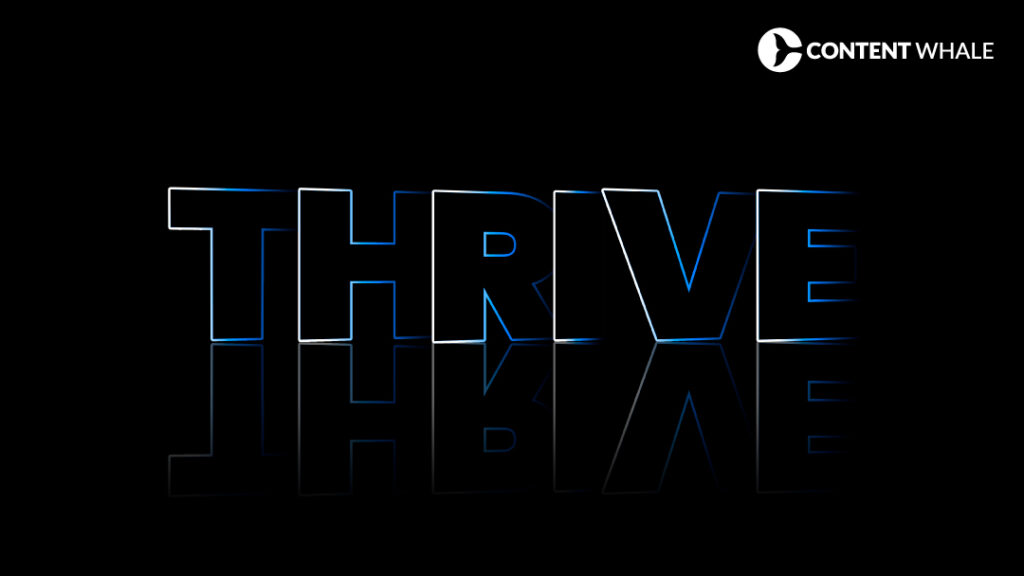
Sans serif lettering is an easy script lettering style, characterized by its clean and straightforward appearance and lacks the small projecting features called “serifs” at the ends of strokes found in serif fonts. This style is modern and minimalistic, making it a popular choice for formal and contemporary contexts. Sans serif fonts are appreciated for their readability and versatility, which is why they are often used in various design and writing scenarios.
Here are a few common applications of sans serif lettering:
● Block Letters: Often used in signage and informational displays where clarity and visibility are paramount.
● Monoline: This style features uniform line weight throughout each letter, which is excellent for digital displays and modern branding.
● Emphasis Text: Sans serif fonts are frequently used in areas needing strong visual impact, such as headlines and titles, due to their bold and unadorned appearance.
Sans serif fonts effectively communicate directness and simplicity, making them an excellent choice for designers and writers who want their messages to be clear and impactful. Whether in print or digital media, these lettering styles ensure that your content stands out while remaining approachable and easy to read.
2. Cursive Lettering Style
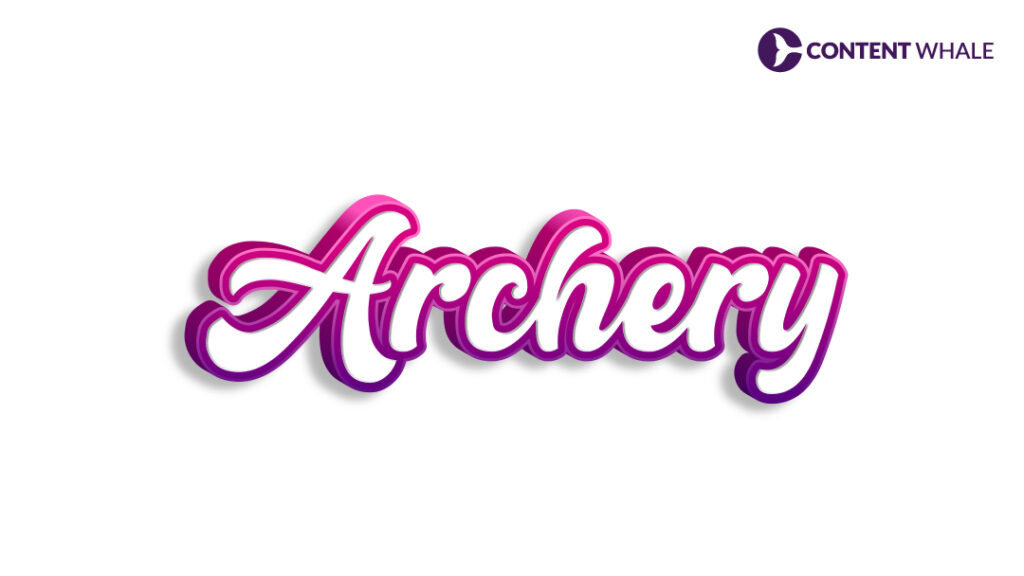
Cursive lettering, once a cornerstone of traditional calligraphy taught in many schools through the 19th century, is known for its flowing, interconnected strokes that lend a graceful elegance to written text. While cursive writing is celebrated for its aesthetic beauty, it has seen a decline in practical use over time.
The intricate connections and fine details in cursive can sometimes reduce legibility, particularly in formal documents where clarity is essential. This challenge has led to a shift towards more clear-cut writing styles, such as monoline and block lettering, where each character is distinct because the pen or brush is lifted between strokes.
Despite these practical considerations, cursive remains a valued art form in several applications:
● Personal Correspondence: Cursive adds a personal, intimate touch to letters and invitations.
● Artistic Projects: Many artists and designers use cursive for its aesthetic appeal in artworks and decorative pieces.
● Calligraphy Art: Cursive is still popular in modern calligraphy for creating elegant and decorative handwriting.
While not the go-to for everyday writing, cursive lettering maintains its place as a cherished style within artistic and personal writing, where its beauty and traditional significance are most appreciated.
3. Gothic Lettering Style
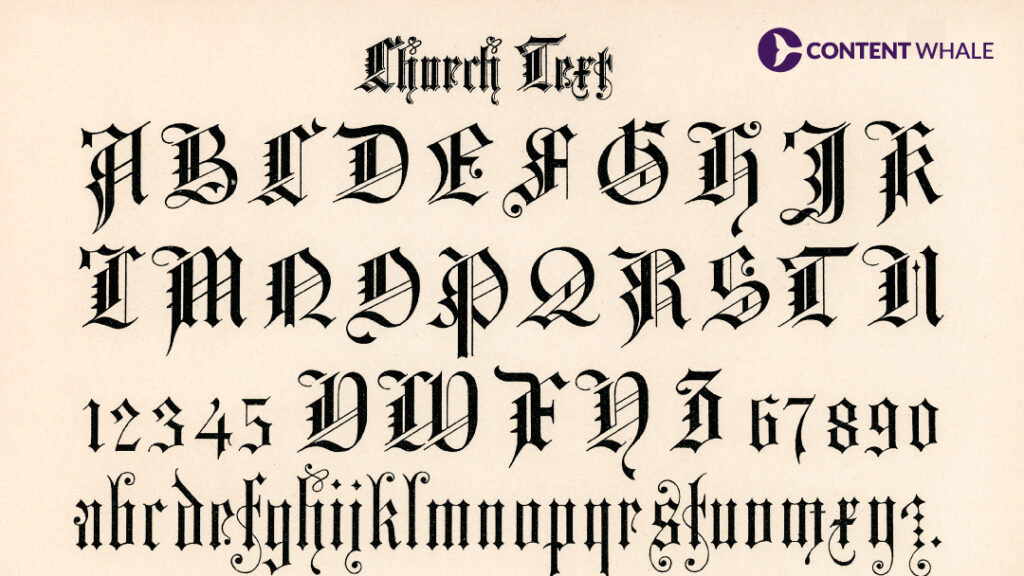
Gothic lettering, a style with deep roots in medieval history, continues to capture the imagination with its bold and ornate appearance. Originating in the Middle Ages, this calligraphy script is renowned for its dramatic, angular lines and dense composition, which closely mimic the scripts used in historical European texts and manuscripts.
Gothic lettering’s distinct look makes it a favourite for projects that require a touch of historical gravitas or stylistic intensity. Here are some areas where Gothic lettering is especially effective:
● Book Design and Publishing: Gothic fonts are often used in the publishing industry for fantasy novels, historical books, or any project that benefits from an old-world aesthetic.
● Graphic Design: Designers frequently employ Gothic lettering in logos, posters, and other materials that need a strong, impactful font that grabs attention.
● Event Invitations: Gothic fonts are popular for themed events, particularly those with a historical or medieval theme, such as Renaissance fairs or period weddings.
Despite its age, Gothic lettering remains prevalent in modern design, admired for its ability to evoke the past and add a dramatic flair to contemporary works. Its use today underscores how historical elements can be woven into modern aesthetics to create striking and memorable designs.
4. Modern Calligraphy Lettering Style

Modern calligraphy is an evolution of traditional calligraphy that melds the old with the new, offering a fresh, accessible approach to this ancient art form. Gaining traction for its organic and untraditional style, modern calligraphy is adaptable and uniquely suited for both digital and print media.
This style typically maintains the fluid motions of cursive but distinguishes itself with more defined letter separations. This feature enhances readability, setting it apart from traditional calligraphy, which often features extensively connected letters. Here’s how modern calligraphy is making its mark:
● Digital Design: Modern calligraphy has found a significant niche in digital media, where its aesthetic can be translated into appealing web designs, social media posts, and digital advertisements.
● Event Stationery: From wedding invitations to gala menus, modern calligraphy adds a personal touch that is both elegant and readable.
● Branding and Marketing: Businesses looking to project a blend of sophistication and approachability often incorporate modern calligraphy into their branding materials.
Modern calligraphy’s versatility and charm make it a popular choice among both novices and experienced calligraphers, allowing for personal expression in a variety of contemporary applications. Its increasing popularity in the digital realm highlights its relevance and adaptability in today’s visually driven world.
5. Monoline Lettering Style
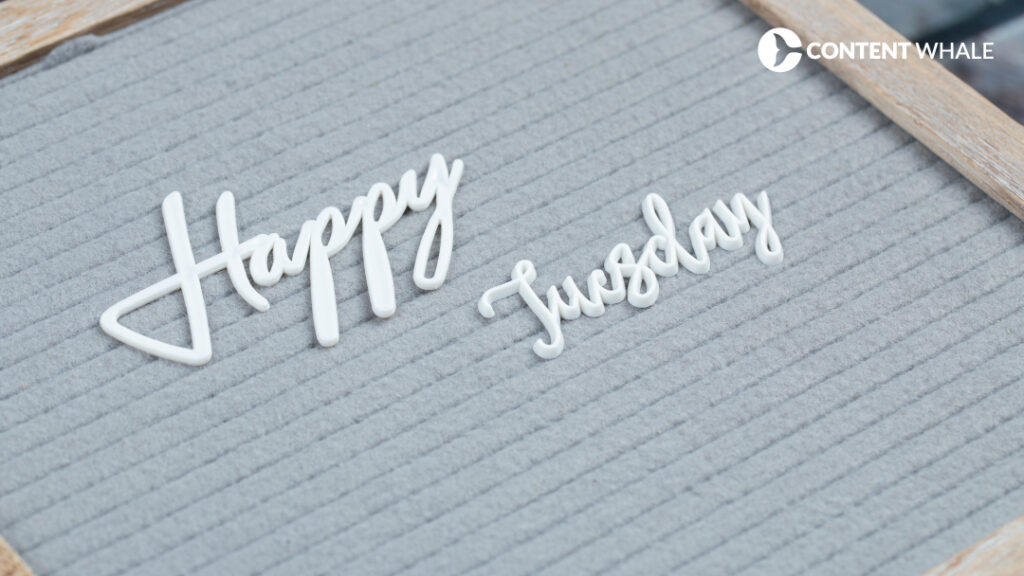
Monoline lettering is celebrated for its clarity and straightforwardness, making it one of the easiest lettering styles to learn yet challenging to perfect. This style is characterized by its consistent line weight—each letter is crafted with the same thickness, without any variation. Monoline letters are typically written in uppercase, giving them a uniform and clean appearance that resembles modern, typed documents.
Despite its seemingly simple look, mastering monoline lettering requires a keen eye for detail. Uniformity in width and height across all characters is crucial for achieving a professional and polished result. Here’s where monoline lettering shines:
● Corporate Branding: Its clean and modern aesthetic makes monoline an excellent choice for business logos and branding, where readability and professionalism are key.
● Decorative Art: Artists often use monoline for decorative purposes in both digital and print media, where its simplicity can complement more complex designs without overwhelming them.
● Educational Materials: The clarity of monoline lettering makes it ideal for educational tools, such as posters and flashcards, where information must be conveyed clearly and quickly.
Monoline’s adaptability across various applications underscores its utility as a lettering style that combines ease of learning with the potential for sophisticated execution.
6. Graffiti Lettering Style
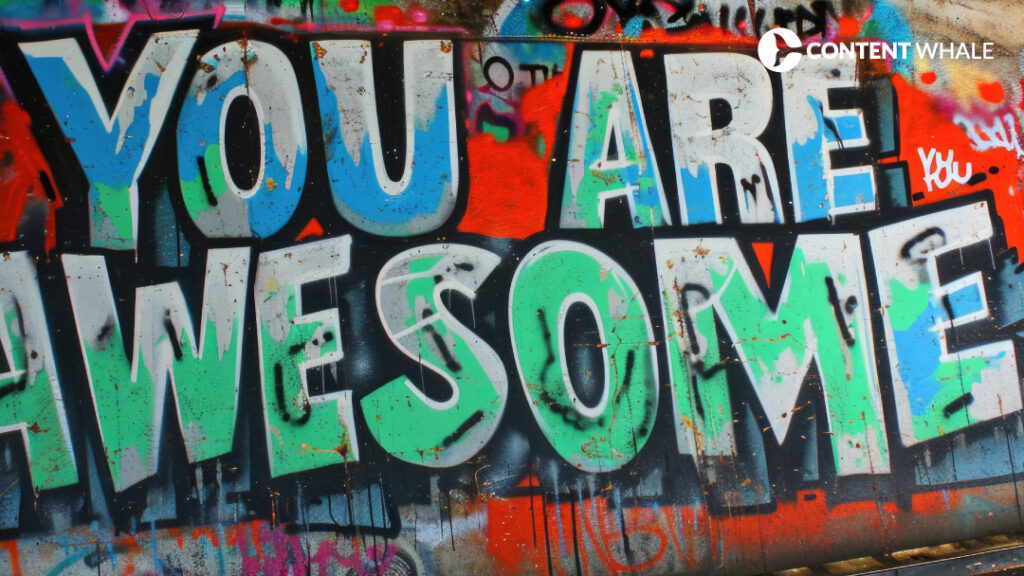
Graffiti has firmly established itself as a prominent art form in modern urban landscapes, evolving from simple street art into a dynamic subculture. This style is particularly popular among young artists who see an empty wall or building facade as a blank canvas for expressing their thoughts, beliefs, and artistic visions.
Utilizing tools like spray paints, paintbrushes, and markers, graffiti artists create vibrant, often large-scale, artworks that are colorful, impactful, and designed to make a statement. Graffiti fonts and styles are deliberately bold and imaginative, reflecting the energy and messages of their creators.
Here’s a closer look at how graffiti is making its mark:
● Cultural Expression: Graffiti often reflects social and political themes, offering insights into the community’s heartbeat and issues.
● Public Art Projects: Many cities have embraced graffiti, allocating specific walls and areas for these artistic endeavors, which beautify and add character to urban settings.
● Fashion and Merchandise: Graffiti’s distinctive style has been adopted in fashion, with its fonts and designs appearing on clothing, accessories, and even home decor.
Graffiti remains a form of contemporary art that resonates with the youth and the general public, symbolizing freedom of expression and the transformation of everyday spaces into art galleries.
7. Vintage Lettering Style
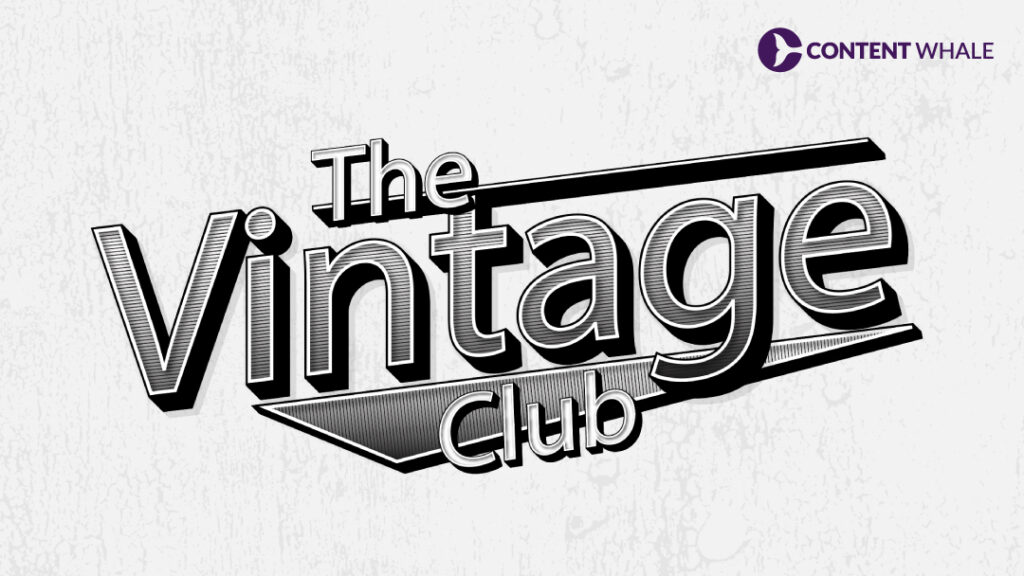
Vintage lettering evokes the charm and elegance of the 19th and 20th centuries, distinguished by its elaborate embellishments, intricate serifs, rich textures, and classic colors. This style captures the essence of a bygone era, making it a favorite for projects that aim to reflect historical significance and timeless beauty.
Vintage fonts are often seen on artifacts like wall clocks from the era, as well as on posters, murals, and old advertisements that have stood the test of time. These fonts are not just about aesthetics; they also convey the cultural and artistic norms of their times, making them a fascinating study for enthusiasts and designers alike.
Here’s where vintage lettering can make a significant impact:
● Thematic Decor: Ideal for decorating spaces that aim for a retro or classical ambiance.
● Branding: Businesses that want to project an established, classic image often utilize vintage styles in their logos and marketing materials.
● Event Invitations: Adds a touch of elegance and nostalgia to invitations for weddings, anniversaries, or other formal events.
Learning to create vintage lettering, particularly with brushes, can be a rewarding endeavor. It requires mastering the unique flourishes and details that define this style, providing a robust connection to the past. Vintage lettering remains relevant today, offering a stylistic bridge between the old and the new, and infusing modern designs with an old-school feel.
8. Serif Lettering Style

Serif lettering is distinguished by the small lines or strokes regularly attached to the ends of letters. These serifs are more than just decorative elements; they play a crucial role in enhancing the readability and character of the typeface. Serif fonts are foundational in the world of typography, celebrated for their traditional appeal and formal beauty.
These fonts are often associated with print media, such as books, newspapers, and magazines, where their distinct edges facilitate ease of reading. Beyond their functional benefits, serif fonts are also chosen for their aesthetic qualities, making them a popular choice for various decorative and design-focused applications:
● Book Publishing: Serif fonts are typically used in the body text of books for their readability and classic appearance.
● Branding and Identity: Many companies use serif fonts in their logos and corporate branding to convey reliability, respectability, and sophistication.
● Decorative Typography: The intricate details of serif lettering make it ideal for decorative purposes, such as wedding invitations, diplomas, and formal event announcements.
Serif lettering’s popularity extends beyond its functionality; it imparts a sense of elegance and formality to written content, making it a timeless choice in both traditional and contemporary design.
9. Creative Lettering Style

Creative lettering is an innovative style that blends traditional text with artistic elements such as illustrations, textures, wordplay, and drawings. This approach allows artists to transform words into visual narratives, making each composition unique and expressive. Unlike standard lettering, creative lettering invites the artist to think outside the conventional boundaries of alphabets and fonts, using shapes, objects, and various artistic techniques to add layers of meaning and context.
The flexibility and imaginative potential of creative lettering make it especially popular in fields like graphic design and advertising, where visual impact and originality are paramount. Here are some key applications of creative lettering:
● Branding and Logo Design: Creative lettering can produce distinctive logos that capture a brand’s essence and attract attention in crowded markets.
● Illustrative Artworks: Combining text with illustrative elements, creative lettering often appears in artworks that tell stories or convey messages in visually engaging ways.
● Advertising Campaigns: Advertisers use creative lettering to create memorable, eye-catching designs that stand out in both print and digital media.
Creative lettering is a powerful tool for artists and designers, offering a canvas for experimentation and a means to infuse deeper artistic expression into everyday text. It’s a style where the only limit is the creator’s imagination, making it a dynamic choice for anyone looking to push the boundaries of traditional typography.
10. Some Widely Used Sub-Lettering Styles

Beyond the main lettering styles we’ve discussed, the world of typography and calligraphy offers a myriad of other techniques that can enhance text and create visually stunning effects. These sub-lettering styles incorporate a variety of artistic elements, including double lines, shadows, swirls, and watercolor effects, each adding its own unique flair and dimension to the written word.
Here’s a glimpse into some of these creative sub-lettering styles:
● Double Line Lettering: This style involves drawing two parallel lines for each stroke, creating a layered and dimensional effect that adds depth to the lettering.
● Shadow Effects: By adding shadows to letters, artists can create a 3D illusion that makes the text pop off the page or screen, enhancing visual impact.
● Swirls and Flourishes: Incorporating swirls and decorative flourishes can give lettering a sophisticated and ornate appearance, often used in formal invitations and personalized stationery.
● Watercolor Calligraphy: Combining the fluidity of watercolor paints with calligraphy creates a soft, gradient effect that’s both beautiful and serene, ideal for artistic projects and decor.
The possibilities in sub-lettering styles are nearly endless, with each technique offering a new way to beautify and personalize lettering projects. Whether you’re a professional designer looking to expand your toolkit or a hobbyist exploring new ways to express creativity, delving into these additional styles can provide fresh inspiration and challenge your skills in exciting ways.
Beginner-Friendly Hand Lettering Tutorial
Starting on your hand lettering journey is an exciting prospect, filled with opportunities to express your creativity through each stroke. Here’s a straightforward guide to get you started, complete with tips on proper techniques, essential tools, and some basic exercises to develop your skills.
Start with Hand Lettering Basics
Before diving into creating beautiful letters, it’s important to set up your workspace with the right tools and understand the hand lettering basics of proper hand positioning and movement. Good posture and hand position are crucial to maintain comfort and control while lettering.
● Proper Hand Position: Your grip on the pen should be steady but not too tight. Hold the pen at a slight angle to give your strokes a consistent width. For visual learners, here’s a short video on hand positioning that might help.
● Warm-Up Exercises: Like any physical activity, warming up your hand and fingers is essential to avoid strain and improve fluidity in your strokes. Start with simple lines and curves, gradually moving to more complex shapes. Check out these easy-to-follow warm-up exercises.
● Practicing Basic Strokes: Begin with basic downstrokes, upstrokes, and curves. These are the building blocks of all letterforms. Practice these strokes slowly and deliberately to build muscle memory. Here’s a helpful video tutorial on basic strokes for beginners.
Essential Supplies for Beginners
With this lettering style guide for beginners, we equip you to select the right supplies that can significantly affect your learning experience and the quality of your work. Here are some essentials every beginner should consider:
● Pens: Start with a basic set of fine liners and brush pens. Fine liners are great for practicing structure and form, while brush pens help in understanding pressure sensitivity and line variation. Popular choices among beginners include the Tombow Fudenosuke Brush Pen for its ease of use and control.
● Paper: Smooth, high-quality paper is best for hand lettering to prevent ink bleeding and feathering. Marker paper, tracing paper, or even smooth printer paper can be good options to start with. They offer a slick surface that allows for smooth movement of the pen.
● Practice Sheets: Pre-printed practice sheets with guidelines can be extremely useful. They help in maintaining letter proportions and alignment. You can find printable practice sheets online that cater to various lettering styles.
With this hand lettering guide, as you start your hand lettering journey, remember to be patient with yourself. Like any other skill, it takes time to develop proficiency in lettering. Use the resources and tools suggested above to practice regularly, and most importantly, have fun with your creations. Soon, you’ll see your efforts blossom into beautiful, hand-crafted letters that reflect your personal style and creativity. Keep practicing, and don’t hesitate to revisit basic techniques regularly as you progress in your lettering journey.
Conclusion
While this hand lettering guide offers a snapshot into the diverse world of hand lettering styles, starting your journey in lettering can feel daunting, especially when faced with the vast amount of exceptional work shared online. If you’re new to this art form, it’s important to remember that every expert was once a beginner, and every piece of art was once a blank page.
Rather than focusing solely on the end results or comparing your work to others’, concentrate on the process of learning and improving. Hand lettering is a skill that requires practice, patience, and perseverance. Give yourself the grace to grow at your own pace and celebrate each step forward, no matter how small it might seem.
As you continue to explore and experiment with different hand lettering styles, you’ll not only enhance your skills but also discover your unique artistic voice. It may take time, but mastering hand lettering basics to an expert-level is a rewarding achievement that can enrich your life for years to come. Keep practicing, stay curious, and most importantly, enjoy the creative journey!
The Best Lettering Style Guide FAQs
What are the best lettering styles for beginners to start with?
Learning hand lettering can be thrilling yet challenging. Beginners might find it easier to start with basic sans serif and monoline styles. These styles do not require complex strokes and are great for mastering the fundamentals of lettering.
How can a lettering style guide improve my hand lettering skills?
A good lettering style guide provides detailed instructions on various styles, including how to execute each stroke. Such guides often include tutorials, practice exercises, and tips on the correct tools to use, which can significantly speed up your learning process.
What types of lettering styles are suitable for digital artwork?
Digital artwork can be enhanced by styles like modern calligraphy, creative lettering, and sans serif due to their clean lines and readability on digital platforms. These styles adapt well to digital tools and can be manipulated easily for various design purposes.
Can I mix different types of lettering styles in one project?
Absolutely! Mixing different lettering styles can add depth and visual interest to your project. For example, combining a bold sans serif title with a delicate script for subtitles can create a dynamic contrast. However, it’s important to maintain balance so that the text remains legible and aesthetically pleasing.
What are the essential tools I need based on the lettering style guide?
The tools you need can vary depending on the types of lettering styles you wish to explore. Generally, a set of brush pens, fine liners, and high-quality paper are essential. For specific styles like gothic or cursive, specialized nibs and inks might be required to achieve authentic results.





